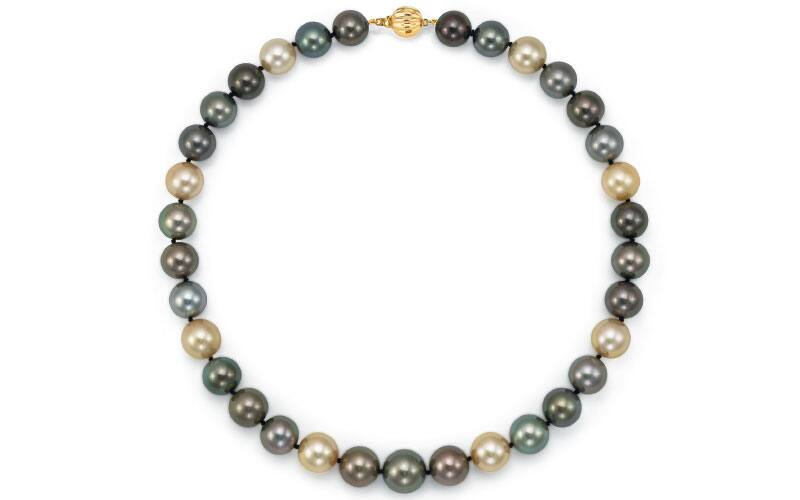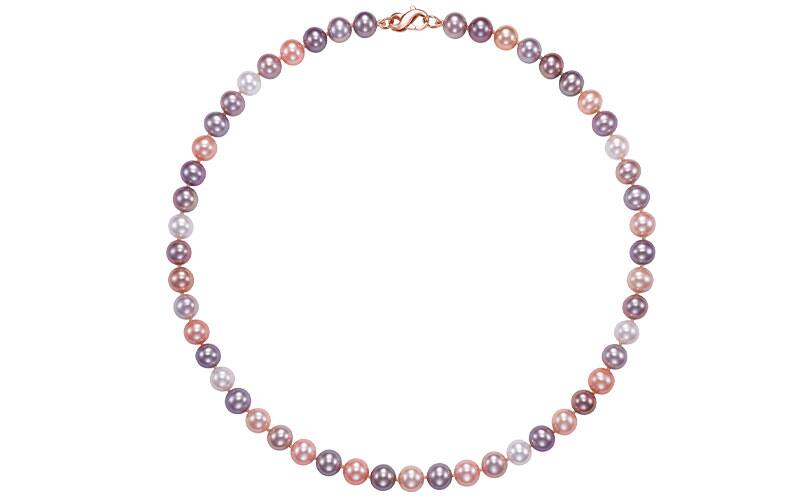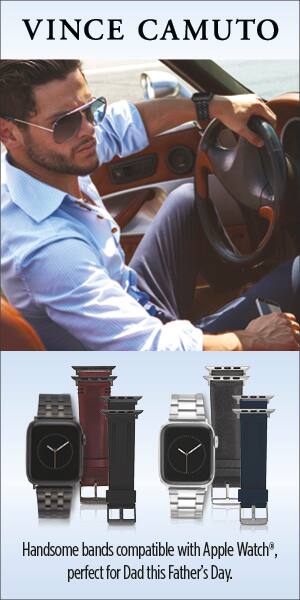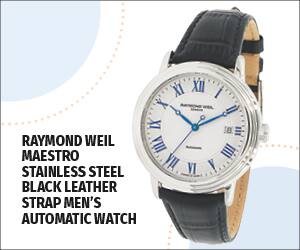
Jewels of the sea
Lustrous and beautiful cultured pearls at Costco undergo a rigorous grading system to ensure quality
Sometimes, in that mad dash to get groceries and other staples, it is easy to speed right by the true treasures at Costco—the jewels and precious metals on display in the jewelry case. My advice: Stop and marvel.
On a recent visit I did just that. One category that really stands out is Costco’s pearl selection. But shopping for pearls can be a bit confusing. What are the different types? What’s the difference between cultured or natural? And more. Fortunately, I could turn to Kris Cramer, Costco’s buyer for pearls, gold and fashion jewelry, to get some answers.
“Pearls are definitely having a moment,” says Cramer. “They are going into engagement rings, and men are now wearing pearls.”
What is a pearl?
Pearls come from a living creature—a shell-based animal categorized as a mollusk. According to the Natural History Museum, pearls are made by marine oysters and freshwater mussels as a natural defense when something, such as grit or sand, enters their shell.
Cultured versus natural
Natural pearls are formed in the wild without any human intervention and are extremely rare—almost unobtainable—and very expensive, Cramer says. Cultured pearls are grown with some human intervention by oyster and mussel farmers under controlled conditions, in both salt water and fresh water. Cultured pearls are more plentiful and affordable than natural pearls, but they are not imitations.
Pearls at Costco
Four types of cultured pearls are available in Costco warehouses and at Costco.com: freshwater, South Sea, Akoya and Tahitian.

Freshwater pearls are the most widely produced pearls on the market, making them the most common and affordable. Cultured freshwater pearls come in a wide variety of shapes and colors, including pink and white.
South Sea pearls are more expensive, due to sensitive growing conditions and the length of time it takes them to grow to a large size. These jaw-dropping pearls are often used in high-end jewelry and come in elegant shades of cream, yellow, champagne, gold and white.
Akoya pearls, the majority of which are grown in Japan, are renowned for their luster and their smooth, spherical shape, and are one of the most sought-after pearl types. These cultured pearls come in white or cream, and are popular for strand necklaces.
Tahitian pearls come from the salt waters of Tahiti and French Polynesia. The large size of these black and gray pearls, and their iridescent nuances of blue, silver, purple, green and brown—the result of the specific chemistry of the mollusk species—make these pearls even more breathtaking.

Making the grade at Costco
Because cultured pearls are created by a living creature, no two pearls are alike. For this reason, a unique triple-check grading system has been put in place to ensure that Costco members are purchasing the very best cultured pearls on the market.
The first cultured pearl inspection is by the pearl farmer’s production team. They check luster, size, shape and color. The cultured pearls are then shipped to a wholesaler for a similar inspection before going to the quality assurance team in Costco’s jewelry buying division.
“My team of graduate gemologists compare the piece to the article of description to make sure that the metal is correct, the piece has the correct number of diamonds and the pearl size is correct,” says Lisa Switzer, jewelry quality control manager at Costco. “From there, we make sure the cultured pearls meet our quality standards: no blemishes, the bead is not cracked and it is secure in the jewelry piece. If there are diamonds, we check those as well.” Once the piece passes the quality test, it’s moved on for sale at the warehouse or at Costco.com.
Noting that one of June’s birthstones is the pearl, I ask Cramer about the best time to wear pearls. She quotes first lady Jackie Kennedy, who once said, “Pearls are always appropriate.”
Pearls of wisdom
Here are a few tips from experts to care for pearls.
One-of-a-kinds
Costco jewelry buyers work to bring unique and exclusive jewelry items to Costco.com.
“We are offering more one-of-a-kind jewelry items, including many with cultured pearls,” says Costco buyer Kris Cramer. “It has been fun and exciting. With the cultured pearls especially, sometimes we get larger pearls in from our suppliers, and we want to pass these fun treasures on to our members.”




